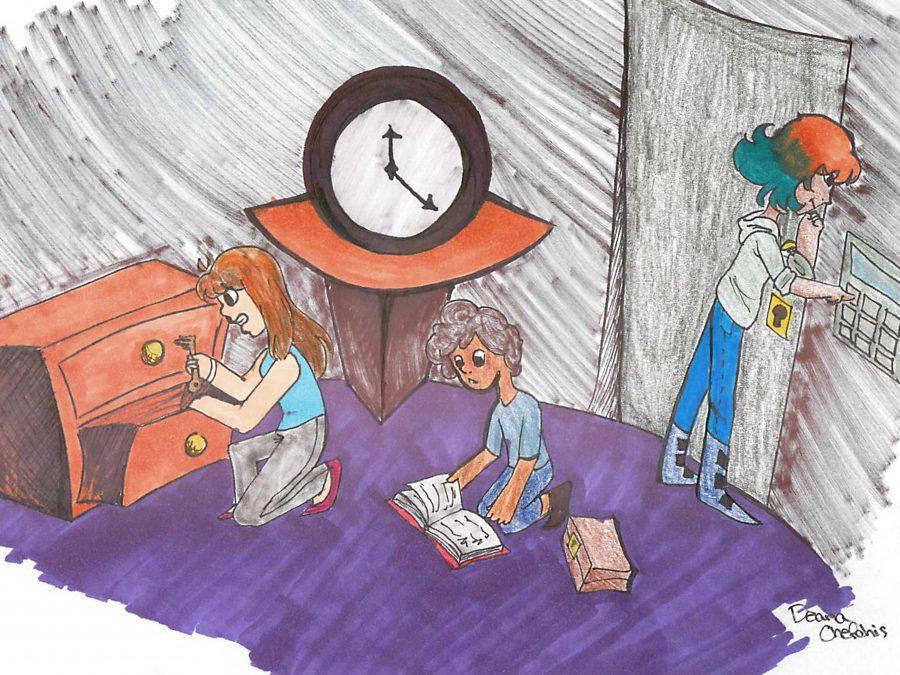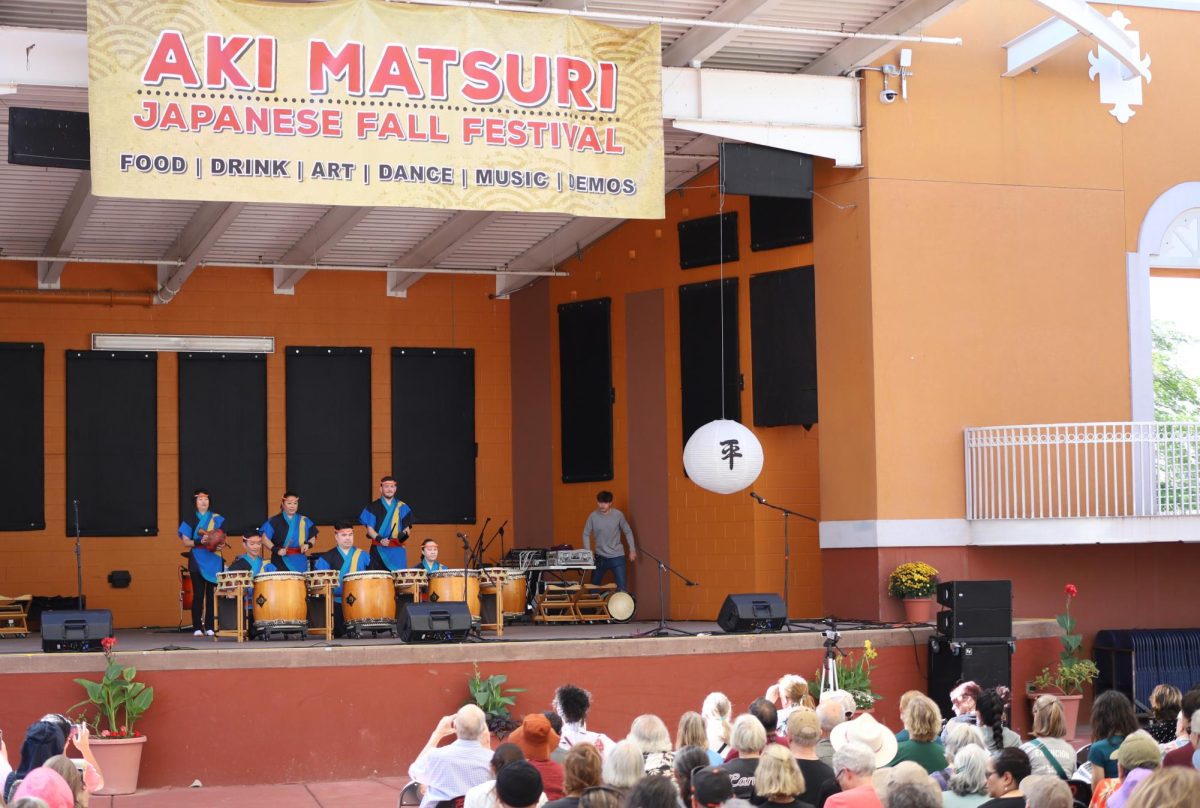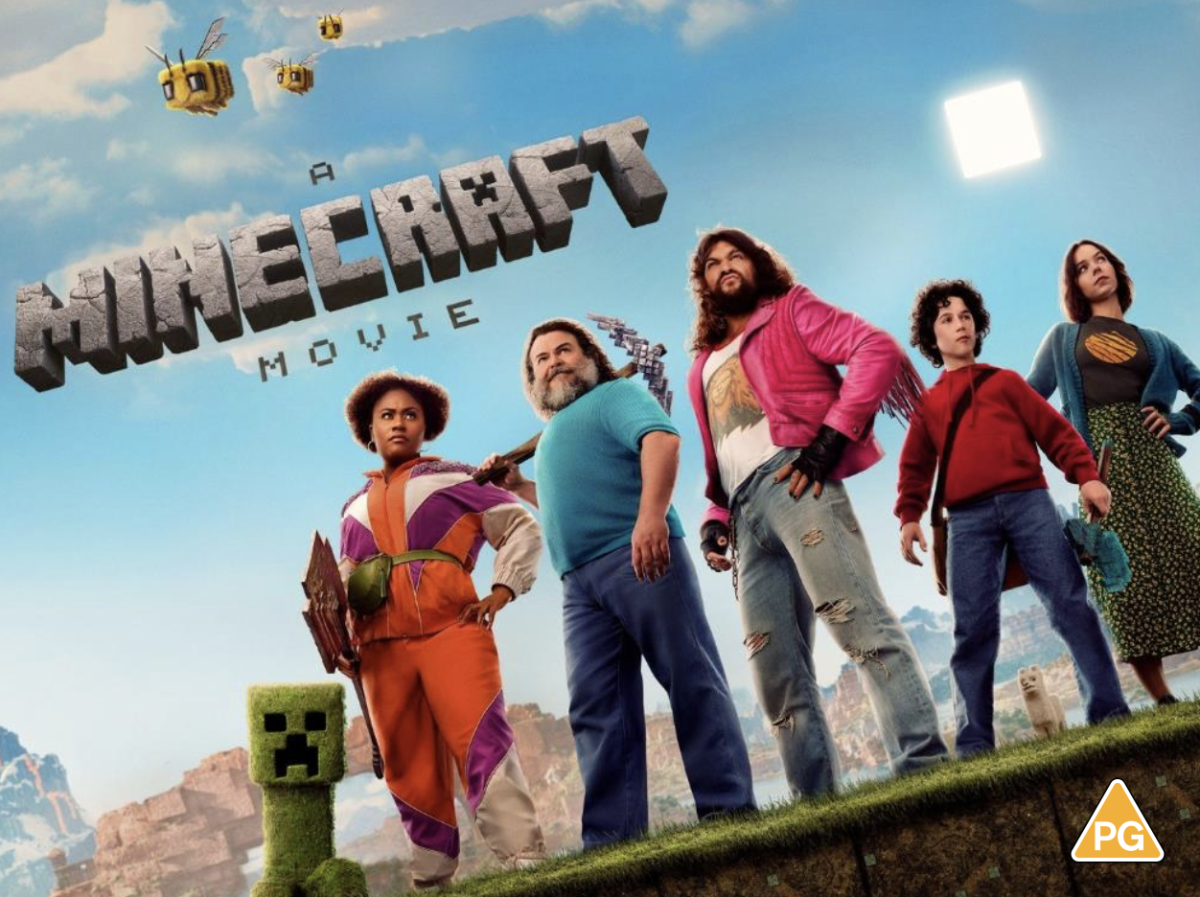The combination lock starts with three, and I am tasked with solving the missing five numbers. A message left in the faded wallpaper reads “elacs eht esu.” Is it a name, place, animal? With time running against me, the game masters have cleverly left a mirror right in front of the cryptic instructions. Now wielding the hint “use the scale,” I scurry to find the right object to weigh on the provided scale. The book on the table is the only one that weighs more than three pounds, and the remaining decimal numbers finally crack the code.
Among immersive entertainment experiences, “escape rooms” have become an increasingly popular activity for thrill-seekers. With only one hour on the clock, players race against time to find clues and solve puzzles in order to escape a fictional situation. One of the reasons why these rooms have grown in interest is their collaborative nature. Instead of participating individually in the activity, escape room companies require that more than two players sign up for each session. As the group bounces ideas off each other, they find solutions faster and, hopefully, escape faster. This collaboration invites genuine problem-solving skills and team communication, which for many players provides a sense of accomplishment. Some escape rooms include a costumed actor to keep an eye on the time or give hints or instructions. This interactive environment rewards those who endure the challenges or think outside of their normal mindset. The aspect of being a detective draws many in, old and young alike.
The first escape room was created in Japan by SCRAP Entertainment in 2007. Inspired by adventure video games, the company has seen revenue grow year after year after an 800 percent increase in 2012 with its entrance into the American market. By late 2016, there were about 1,500 escape room businesses in the U.S. alone. Escape room creators intentionally include emotional highs and lows with techniques and plot structures inspired by plays, films, and novels; the progression of the puzzles, which rely on performing basic math or deciphering cryptic code, is elemental to the satisfaction of the player. Without a conclusive ending, players may not feel that their money was well spent. With fewer than 10 percent escaping the most difficult puzzles and rooms, the room must engage the audience to continue to rake in up to $60 per person for an hour-long thrill ride. That such attention is being placed in production design by engineers, artists, and writers is an indication of the lucrative outcomes of the escape room business.
As groups trickle into escape rooms for their first times, they discover their own new talents and struggle to “survive” in unfamiliar territory. Teams sink or swim together under the time crunch, leading companies such as Google, Target, and Netflix to use the medium as an ideal team-building activity. In the past few years, escape rooms have drawn up to half of all revenue from companies such as these. In contrast to the traditional sense of problem-solving as an individual task, escape rooms highlight the need for employees to be on the same mental wavelength. Players must perform tasks as a communal effort to succeed, rummaging through drawers, papers, and props while maintaining communication. When the plot of the fictional situation is interesting and encourages players to continue, escape rooms succeed not only in providing excellent fun, but also economic benefits as these companies prosper. Success stories include Albuquerque’s own esQape it! and NM Escape Room, both of which provide one-of-a-kind experiences that reinforce community and team-building skills.














